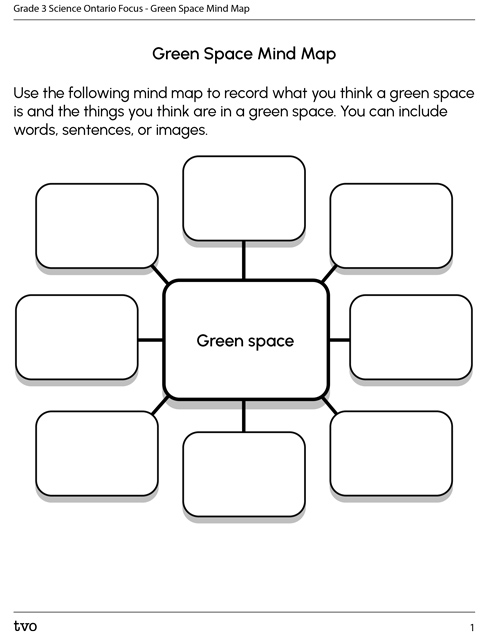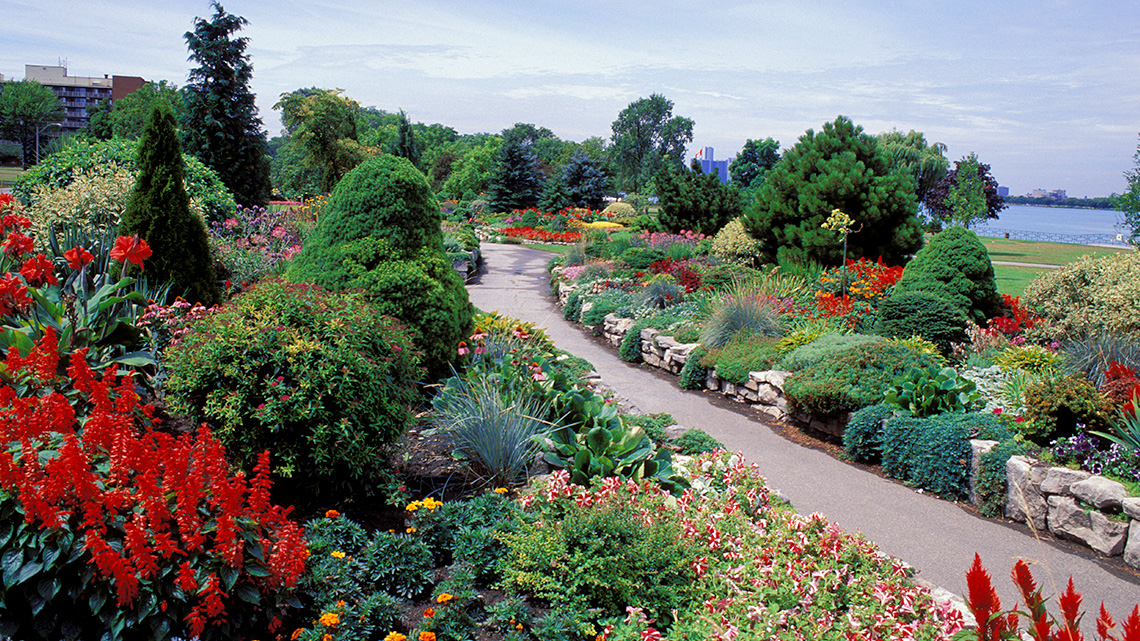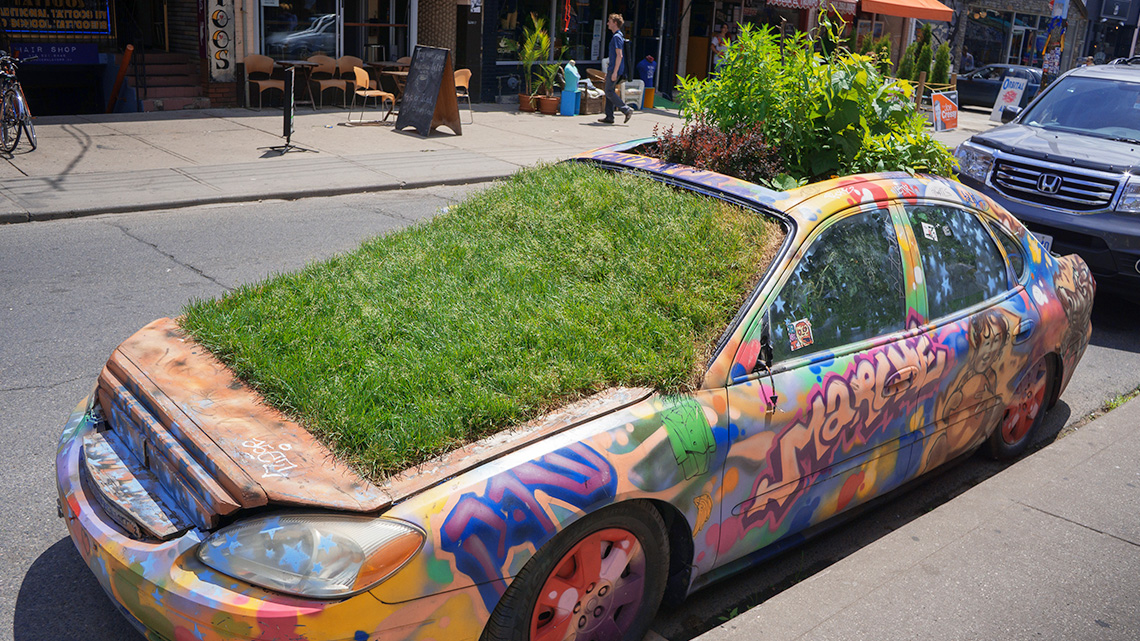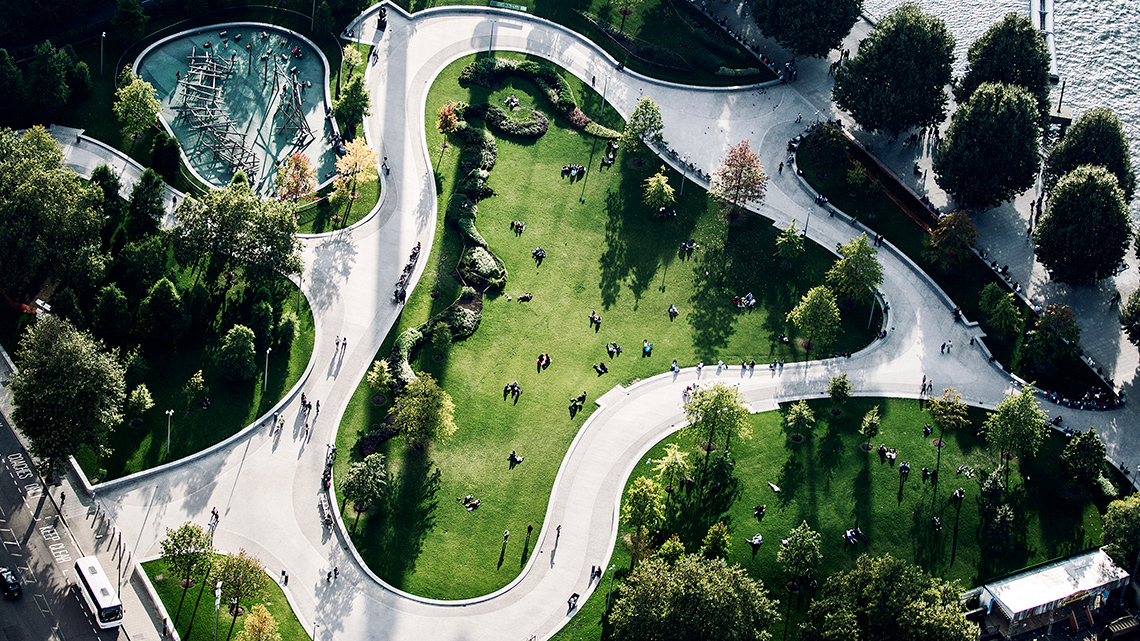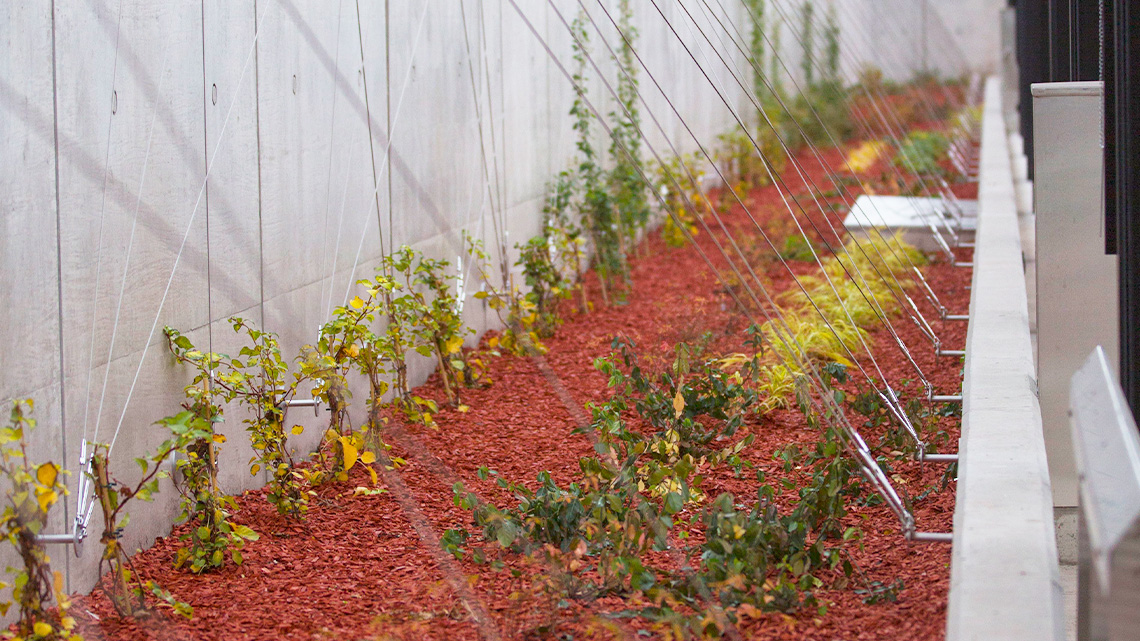Minds On
Green space
- What is a “green space”?
- What kind of things are in a green space?
Complete the Green Space Mind Map in your notebook or using the following fillable and printable document. If you would like, you can use speech-to-text or audio recording tools to record your thoughts.
Press ‘Answer’ to access some possible answers.
A green space may include things like plants, grass, and trees.
Needs of plants and animals
Plants, animals, and humans all rely on each other. Rely means that plants, animals, and humans all work together to survive and stay healthy.
Complete the following sentence starters and record your sentences using a method of your choice:
- Plants need animals because…
- Animals need plants because…
- Humans need plants because…
- Humans need animals because…
- Animals and plants need humans because…
Brainstorm
Survival needs
- What do plants, animals, and humans all need to survive?
- What do humans need to survive that plants and animals do not need?
Record your brainstorm using a method of your choice.
Press ‘Answer’ to access some possible answers.
The needs of plants, animals, and humans can be similar. Many of the things that humans need actually come from plants.

Action
Interdependence
A habitat is a place where a plant or animal makes its home. A habitat meets all the needs that a plant or animal needs to survive such as food, water, oxygen, shelter, and space.
In most habitats, plants and animals all depend on one another to help each other survive. This is called interdependence.
Press the following tabs to explore how plants and animals work together to create a habitat.
Plants rely on the environment around them for survival.
Plants need space and safety to grow. They need energy from the sun and water from the soil to make food.
Plants also provide for animals and humans. They provide humans and animals with oxygen and food through the process of photosynthesis.

Animals can be food for other animals.
Some animals also help keep soil healthy by tunneling through it. This allows air and water to get to the roots of plants. Decomposers like worms break down leaves and dead plants which adds nutrients to soil.
Healthy soil contains some moisture and is full of nutrients from organic matter. Soil is essential to the growth of plants and provides a habitat for decomposers and other animals.

Plants, animals, and soil are interdependent. That means they need one another to survive.
Human impacts on habitats
Plants, animals, and humans all rely on each other, but human actions can have a big impact on the environment.
- What might happen if humans harm a habitat?
- What might happen to the plants and animals that rely on each other in that habitat?
Record your answers using a method of your choice.
Press the following tabs to explore some of the ways that humans negatively impact the environment.
Farmers often use chemicals like fertilizers and pesticides to help their crops grow faster. These chemicals can be harmful to the soil, air, and nearby waterways. This can have a negative effect on the plants and animals in these habitats.
Humans also pollute by burning fossil fuels to power machines or create electricity. This releases gases like carbon dioxide, which pollute the air that plants and animals need to survive.
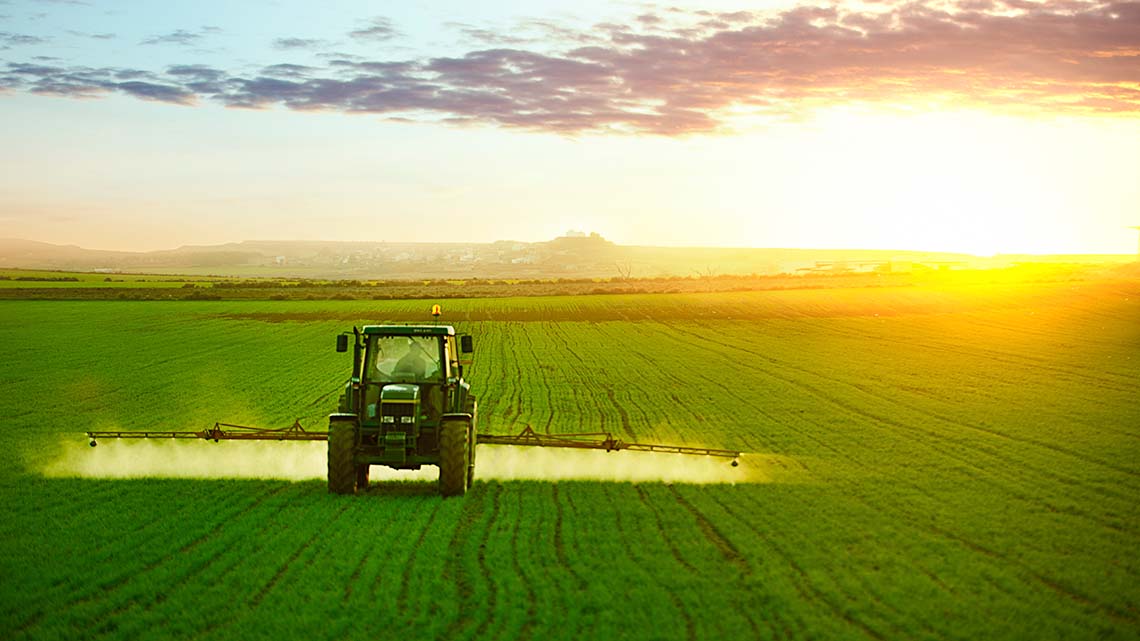
Deforestation is the clearing or cutting down of a large area of trees. Trees are cut down so that humans can use the land to develop new buildings and/or use the wood to make products. This destroys entire habitats that plants and animals rely on.
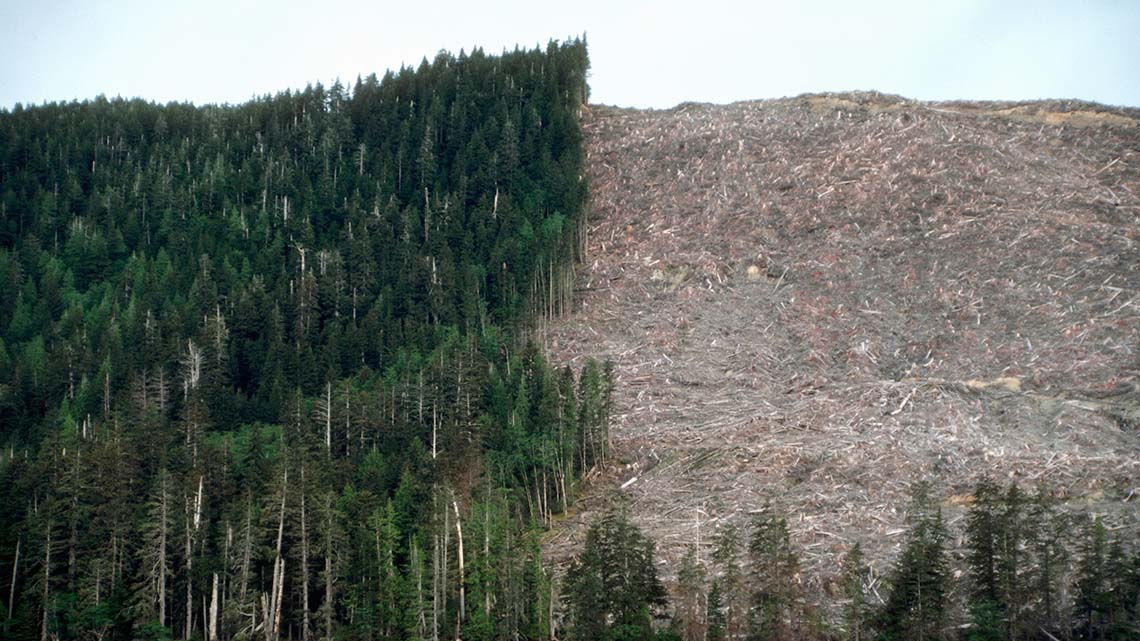
Urbanization is the process of cities getting bigger and using up more land. Trees are cut down so that houses can be built which destroys natural habitats. Animals that rely on plants for food and shelter are forced to find a new home.
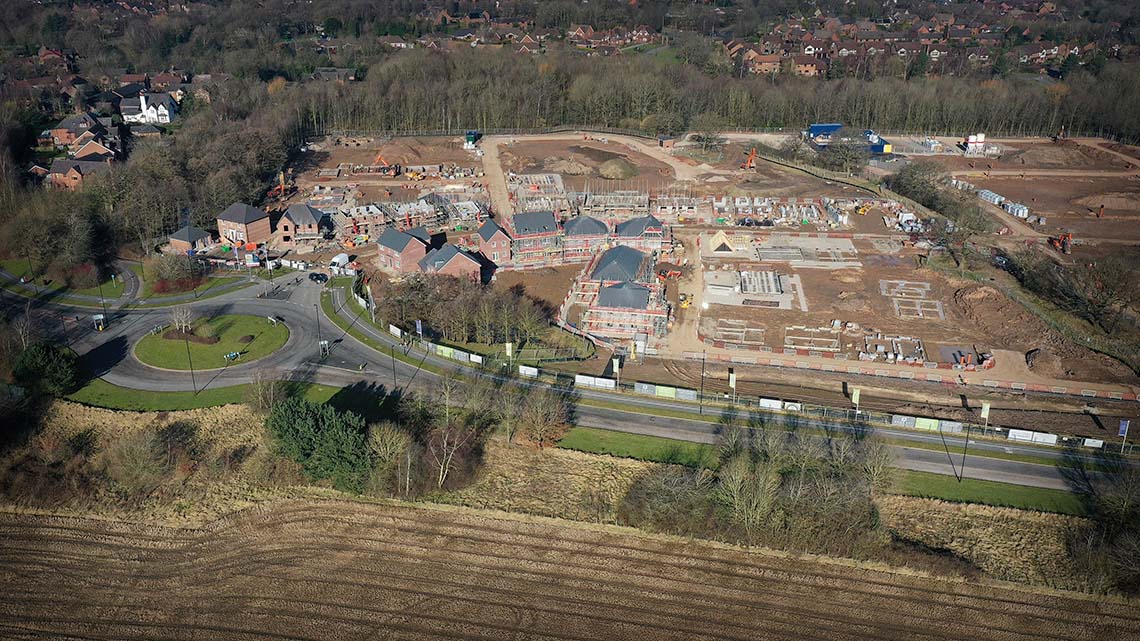
Causes and effects
You are now going to sort information into one of three categories:
- Interdependence – the ways plants, animals, and humans rely on each other.
- Causes – the ways humans impact plants and animals.
- Effects – what happens to plants and animals because of human impacts.
Exploring green spaces
A green space is an area of grass, trees, and other vegetation that is located within or close to a city. Creating green spaces is one of many things that humans can do to lessen their impacts on natural habitats.
Plants like trees provide shade and cool down cities. Trees also provide habitats for birds and animals, and their roots keep soil in place.
Green spaces also provide us with places to play, relax, and exercise.
Ontario connection
This learning activity highlights people, places, or innovations that relate directly to the province of Ontario. Enjoy the exploration!

Explore the following carousel of human-made green spaces in Ontario. As you explore, record what you think, notice, and wonder about these green spaces using a method of your choice.
Green spaces are important features of a healthy city!
- Why do you think green spaces are necessary for a city?
Record your ideas using a method of your choice.
Press ’Answer’ to access some reasons that green spaces are important for cities.
Green spaces are important for cities because they…
- improve the air quality in a city
- improve water quality of nearby streams or lakes
- provide shade and shelter
- attract animals and promote biodiversity
Engineering a green space

Let’s learn how green spaces are designed and built.
When planning a green space, engineers and urban planners work together.
An engineer is a person who designs and builds products, structures, systems, or models that solve real-world problems.
An urban planner is a person who develops, plans, and designs cities or other urban areas.
Engineers and urban planners follow the Engineering Design Process when creating green spaces for communities. Explore this process further below.
Engineering design process

In Science we ask questions to help us figure out what the problem is.

Brainstorming is when you think about ideas like how to solve a problem.

When you plan something, you think about the steps you have to follow and the materials you will need.

It’s time to build. Gather your materials and your plan and start building!

Testing lets you try out your design to see if it works.

Improving is about making your design even better.

Sharing what you have learned lets other people know about your topic too!
Planning a green space
When planning a green space, engineers consider how humans are negatively impacting the environment and creating pollution. Then they think about possible solutions.
- What are some possible solutions to lessen the negative impacts that humans are having on the environment?
Record your list of solutions using a method of your choice, then compare your ideas with a partner if possible.
Press ‘Answers’ to access some possible solutions to negative human impacts on the environment.
- plant more trees instead of cutting them down
- design and build green spaces in communities
- reduce pollution
- walk or ride your bike instead of driving
Consolidation
Designing a green space

In this learning activity we have explored:
- how humans, animals, and plants all interact with and rely on each other
- how humans negatively impact the environment and habitats
- how green spaces can lessen these negative impacts
- how engineers and urban planners follow the Engineering Design Process to design green spaces for communities
Now it’s your turn! Following the Engineering Design Process, you are going to design a green space for your community.
You can create a map or drawing, an audio recording, a model of your green space, or another method of your choice.
Presenting a green space design
Once you are finished creating your green space design, pretend that you have to present it to the city planner an explain the benefits of having a greenspace.
Use the following questions to guide your presentation:
Green space presentation checklist
Record your presentation using a method of your choice and share it with a partner if possible.
Reflection
How do you feel about what you have learned in this activity? Which of the next four sentences best matches how you are feeling about your learning? Press the button that is beside this sentence.
I feel…
Now, record your ideas about your feelings using a voice recorder, speech-to-text, or writing tool.
